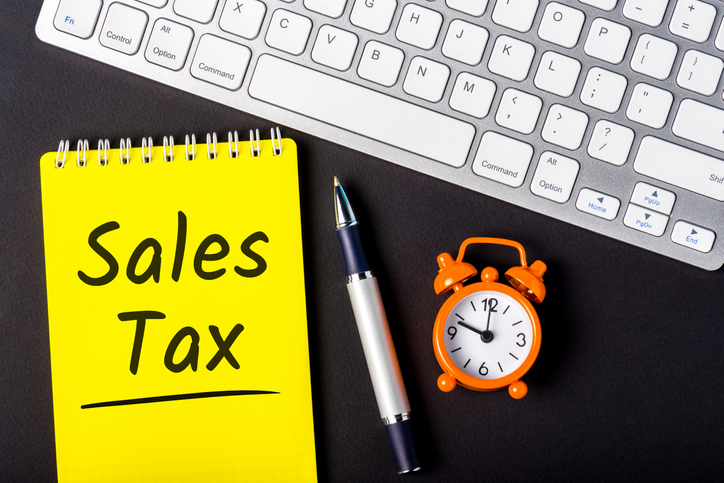
© Bychykhin_Olexandr/iStock/Getty Images Plus
The pandemic strained state and local budgets for more than a year, and as jurisdictions begin to better understand their financial situations, they’ll be looking for more revenue—much of which comes from transaction taxes.
With so many governments and districts struggling to dig out, broadening the tax base through new transaction taxes and raising transaction tax rates are proving to be popular ways to refill the local coffers.
This doesn’t just mean higher sales taxes, but also transaction taxes, including new district taxes and more digital taxation like extending sales tax to streaming video or music services.
Expanding the Tax Base
So far, in the very beginning of the COVID era, it appears that more tax jurisdictions are leaning toward base expansion as a way to make up for lost revenue.
In fact, the number of new district sales taxes has been rising at a rapid pace this year. Through the end of July, 163 new district taxes have been enacted. That’s compared to only 88 new district taxes in the first six months of 2020. A district sales tax include any public service not contained in a city, state or county budget.
If the current pace continues for the rest of the year, 2021 would see the enactment of a record number of new district taxes, exceeding the 237 new district taxes that appeared in 2017.
Sales Tax Rate Changes
Beyond that, both districts and cities have seen elevated levels of sales tax rate changes. Through July, there were 34 district rate changes. That’s compared to 36 for all of 2020.
Cities are set for a record pace of sales tax rate changes. So far there have been 191 through July. The record, set in 2017, stands at 254 city rate changes.
Beyond that, average rates continue to rise. The average district tax rate (0.98%) along with the average county (1.75%) and city (1.76%) sales tax rates continue to increase. The combined average 2021 sales tax rate through May 31 is 10.14%, a 10-year high.
Other Takeaways
With all the uncertainty and changes, there have been a lot of trends and higher-level stats worth noting this year, including:
- There were no state sales tax changes in the first six months of 2021.
- Puerto Rico currently has the highest state sales tax rate at 10.500%. Indiana, Mississippi, Rhode Island, and Tennessee have the second highest state sales tax rates at 7.000%.
- Nome, Alaska, Kodiak, Alaska, Wrangell, Alaska and Winter Park, Colorado have the highest city sales tax rate at 7.000%. Hoonah, Alaska, Klawock, Alaska and Selawik, Alaska have the second highest rate of 6.500%.
- Sterlington, Ouachita Parish with the Sterlington Economic Development District No. 1 in Louisiana has the highest combined sales tax rate of 12.950%.
- Since 2011, there have been 2416 new sales and use taxes, an average 241 per year (as of July 31, 2021).
- Since 2011, there have been 3760 sales and use tax changes, an average of 198 per year.
- The combined number of new and changed sales and use tax rates since 2011 is 6117, an average of 322 per year.
What’s Next?
The stats above might be dizzying, but the big takeaway is that indirect taxes are going to play a big role in the way state and local governments recoup money from the pandemic and move forward.
Sales and transaction taxes already represent an average of 33% percent of state and local in jurisdictions that charge sales and use tax. Combine that with the fact that its far easier to administer, remit and audit sales tax due to fewer exemptions and more frequent collections, and it’s easy to see why governments are taking this route.
Michael Bernard is Chief Tax Officer of Transaction Tax at Vertex, Inc.